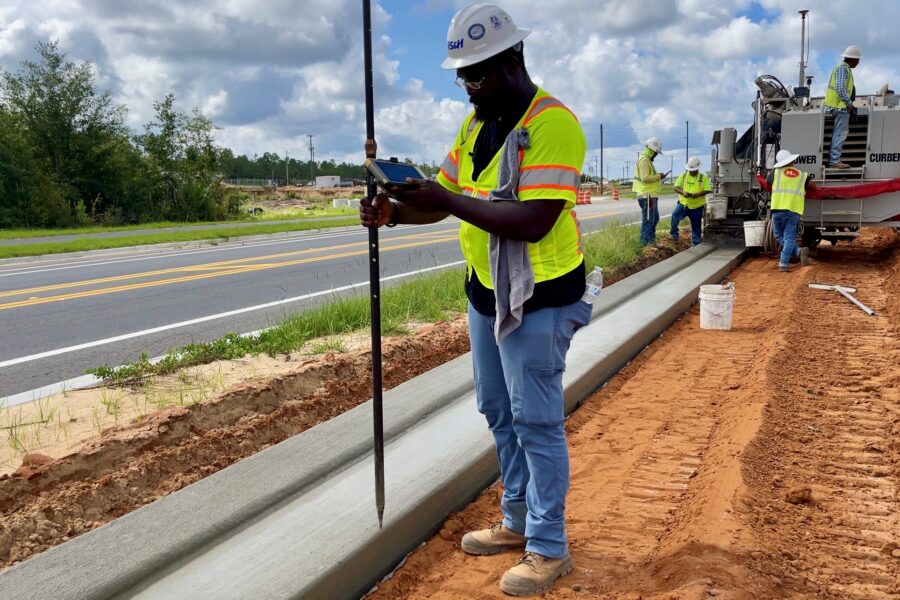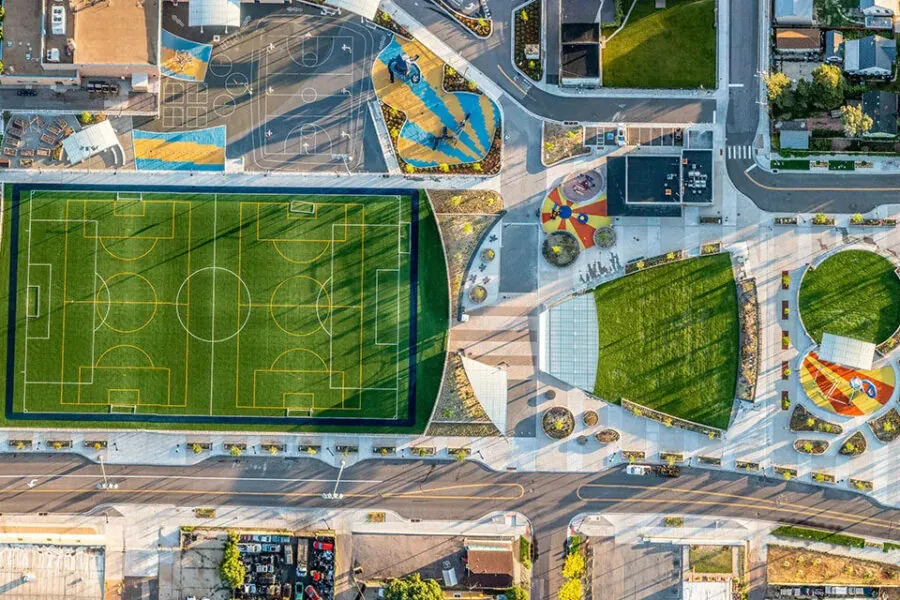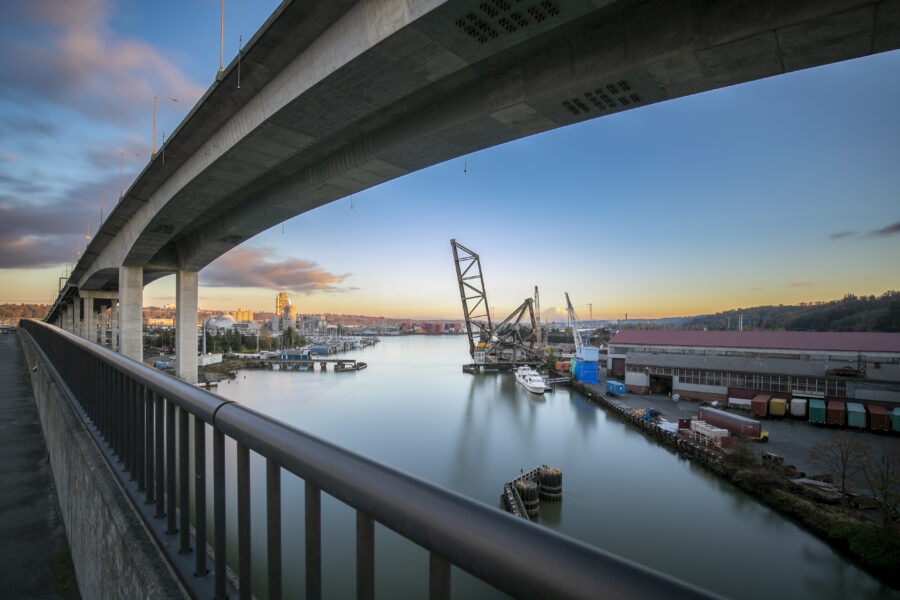4 Tips and Best Practices to Secure Federal Grant Funding

Whether a transportation project’s purpose is to repair an aging bridge or enhance a road to accommodate a bike lane, it’s an opportunity to positively impact the communities where we live and work. But it’s easy to see how history repeats itself as over the years as lack of funding is frequently one of the main challenges for the completion of many of these projects. As our country’s population grows and infrastructure ages, it’s been common to see states, cities and even counties implement new taxes on top of existing state and federal taxes to make up for funding gaps.
Since the passing of one of the largest investments in infrastructure history, the Bipartisan Infrastructure Bill (BIL), in 2021 there are now many more discretionary grant awards available to public agencies. For instance, the money available for the Rebuilding American Infrastructure with Sustainability and Equity (RAISE) grant has approximately doubled from $1 billion to $2.2 billion during the past year.
Although there is more money available and chances to win grants are higher, securing grant funding is still extremely competitive. To stay in the competition, it’s important to have a strategy. Go through projects and filter down or prioritize which projects are in highest need or best meet the grant criteria to receive funding. Once you have your projects narrowed down, our 4 tips for better grant applications, listed below, can help you complete a compelling and winning application submittal.
4 Tips for Better Grant Applications
1. Plan and Align Projects to Fit Available Grant Criteria
Grants are typically released around the same time every year. This can be an advantage as it allows you to screen projects in advance of the expected Notice of Funding Opportunity (NOFO), so you are able to respond quickly when released. All the different grant NOFOs have certain criteria, make sure the grant narrative and benefit-cost analysis (BCA) hits the key criteria, so you get scored high. If you plan to hire a grant team to help with procurement, engage that team as early as possible. They will help you develop the best narrative and BCA support information to develop a competitive grant submittal package.
2. Communicate Project Need
In addition to an in-depth BCA, grants often require a qualitative assessment. To show project need, it’s important to write a compelling narrative. You want the United States Department of Transportation (USDOT) agencies to know how this project will help the community and you want to show how the project meets and exceeds the specific criteria for the grant you are seeking. When you write, be clear and concise. Include topics that relate to the current administration’s primary focus. For example, equity is currently a primary criterion, along with sustainability and resiliency. Within the application, focus on these topics in addition to the other criteria. USDOT prefers local data, when available, so use the best quantifiable data available to document the project need and support your narrative.
3. Show Support from Key Stakeholders
Apply for a grant with a project that is supported by stakeholders in multiple spheres, from political to public. If a project comes with significant risk or uncertainty, USDOT will pause if there is an increased chance of the project stalling. To give your application an advantage, include letters of support signed by US, state and local elected officials and even members of local community groups. It’s imperative to show that the project is supported by the local community. In your application, speak to the engagement process and what ultimately led to community approval.
4. Have Skin in the Game
Grant funding is meant to provide additional funding support for projects, it is generally not expected to cover the entire cost. When USDOT awards a grant, they see it as a partnership. The lower the local funding match equates to a higher risk in the eyes of USDOT. In contrast, if a project shows higher percentages of applicant funding this proves local commitment and is seen as a lower risk. As mentioned before, USDOT likes to have specific data, be sure to include the cost you’ve spent within the application.
City of Tucson Grant Win
Using these best practices, our team was able to work with the City of Tucson to secure a $25 million American Infrastructure with Sustainability and Equity (RAISE) grant. This grant will be applied toward improvements on an existing bridge built in the 1960s.
Our construction management group was already under contract with the City of Tucson for the bridge replacement project when, during the pre-construction phase, there were budget concerns for the project. This led to the city’s decision to pursue a RAISE grant to help secure needed funding for the project.
The city reached out to RS&H knowing we had expertise in this area and in particular, the development of the required Benefit-Cost Analysis (BCA), a requirement of the grant application that the city and their other consultants were struggling to complete.
No more than 24 hours later, our team met with the city and was able to help submit a full grant application package within the tight deadline. We were able to deliver and helped immensely in the completion of the successful grant package and subsequent award.
To learn more about identifying and implementing tools and systems that maximize impact and help make the most of limited resources, check out our Funding and Grant Procurement page.




